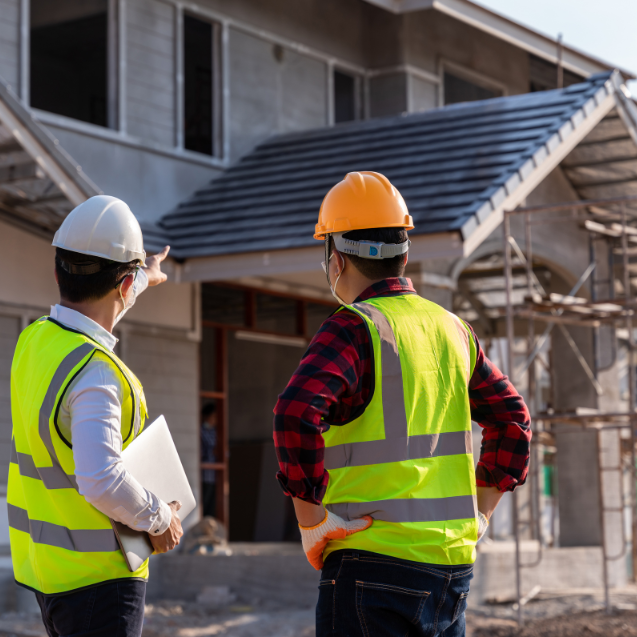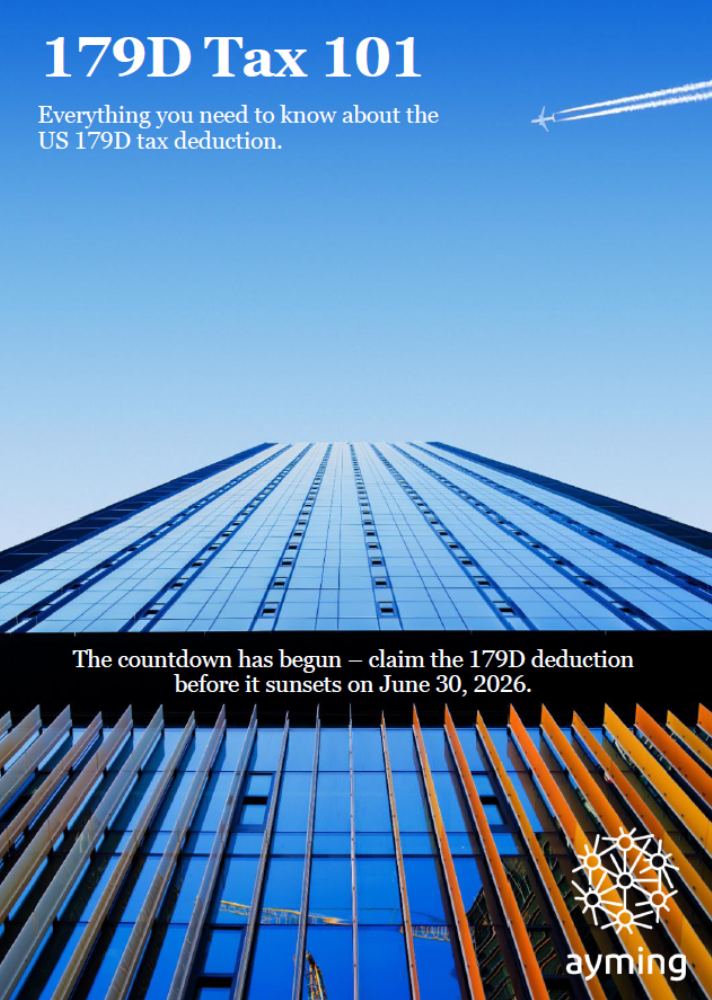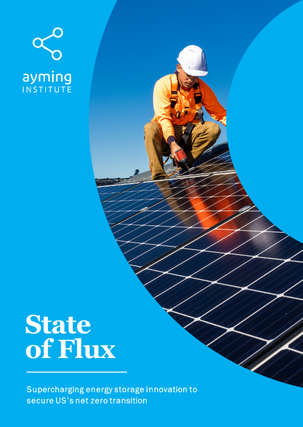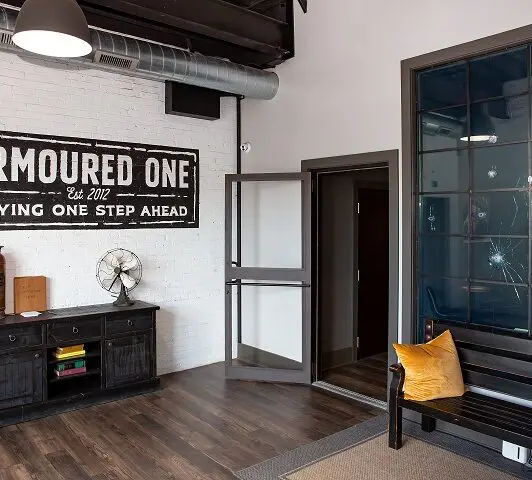The 45L Tax Credit was first introduced by the Energy Policy Act of 2005. It aims to encourage the building of energy-efficient homes. This includes both single-family and multi-family housing. To qualify, these homes must meet the Department of Energy’s Zero Energy Ready Home certification.

What is Section 45L?
In 2022, the Inflation Reduction Act increased the tax credit. It can be up to $5,000 for each home. This applies to homes that meet the Department of Energy’s Zero Energy Ready Home certification. Note that this only applies to projects started after January 1, 2023. With the passing of the OBBB, the 45L Tax Credit will be sunsetting in June, 2026, so the clock is ticking on this incentive.
Who is eligible?
- Builders of single-family homes and multi-family housing communities
- Eligible contractors who have equity during the construction process
- Developers of residential real estate (both single-family and multi-family)
The types of buildings eligible for a 45L tax credit include:
45L Eligible Home Features
Homes that qualify for 45L tax credits have several features built in that save on energy expenditure. Features commonly seen in 45L eligible homes include:
- Optimal Insulation – keeps your home cool in summer and warm in winter. It is professionally installed and checked by a third party.
- Fresh Air Ventilation – adds to improved indoor air quality, completely removes & replaces stale air three times daily.
- HVAC – highly efficient heating and cooling tech, also moderates indoor moisture for better air quality.
- Water Heater – efficient water heater systems and plumbing systems that provide hot water quickly and low energy use.
- Safe Building Materials – building components that are low emissions that meet industry standards for VOC content.
- Energy Star Appliances – low energy-use appliances like ovens, refrigerators, microwaves and more.
- High-Performance Windows – all windows meet strict requirements for insulation and energy efficiency.
- Solar Readiness – pathways installed to run wiring to future or additional solar panels for easy addition.
- EV Charging – electrical infrastructure for electric vehicle charging stations has been installed on the premises.
- Heat Pump Compatibility – utility hookups and energy systems are ready for future heat pump technologies. These will heat water and living spaces.
- LED Lighting – Lighting systems make use of efficient LED light bulbs instead of incandescent.
NOTE: These features alone do not make a home eligible for the 45L tax credit. All 45L-eligible homes must go through rigorous Energy Star and ZERH certifications to qualify for tax credits.
How we can help
Project feasibility review
Identify eligible projects and calculate potential savings.
Design integration support
Ensure buildings obtain Energy Star and/or ZERH certifications.
Tax planning coordination
Work with your CPA to align project timing with eligibility window.
Alternative incentives guidance
Explore state or utility-based programs to supplement federal incentives.
Energy Star Certification in 4 steps
Home builder or multifamily developer becomes an Energy Star partner, committing to meet all Energy Star efficiency requirements.
The builder or developer has the architectural plans checked and approved by an Energy Rating Company (ERC). This is done to ensure energy efficiency and energy-saving techniques.
The home is built and checked to meet Energy Star standards. This ensures efficiency, comfort, durability, and quality.
The ERC checks if the Energy Star requirements are met. Then, a Home Certification Organization does a quality check. This happens before the Energy Star label is placed on the home’s circuit breaker.










